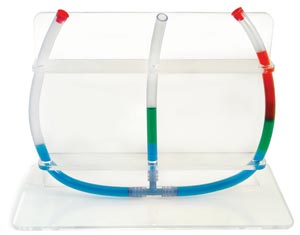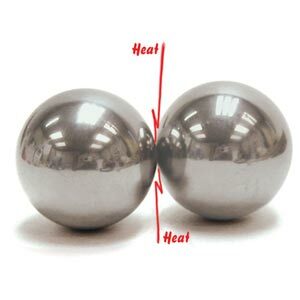I created a lab using the Instant Snow Polymer (Sodium Polyacrylate) from Educational Innovations that I use in my 8th grade Physical Science Class as well as Summer School Programs that I teach for grades 4-9. This lesson incorporates concepts of Conservation of Mass, Properties of Matter, Metric Measurement and Conversion, and Observation Skills. The lab, as I give it to the students, is listed below.
Each student receives an empty baggie to be used for comparison, a baggie containing 12 grams of Instant Snow Polymer, use of a balance and a graduated cylinder.
I have already explained the Law of Conservation of Mass, and Density (they need to remember that the density of water is 1 g/ml, or look it up) prior to introducing this lab activity. However, they do not know the terms exothermic, endothermic, hydrophobic or hydrophilic. My students are allowed to look them up, but unless they make careful observations as they are conducting the experiment, they won’t be able to answer the questions later.
The final question “What is That Stuff?” garners some interesting answers. Some recognize a use for it as snow for ski slopes; others have suggested material for ice packs. One suggestion was to use the powder to help clean up and absorb spills. Read the rest of this entry »




 Posted by Tami O'Connor
Posted by Tami O'Connor  by: Lee Walker
by: Lee Walker by: Tami O’Connor
by: Tami O’Connor


